Gulper, ripper and scrapper – Publication on the anatomy of birds
The head-neck system of birds is a highly complex structure that performs a variety of demanding and competing tasks. We here analyzed the neck anatomy of three closely-related vultures that distinctly differ in feeding strategy. Gulpers such as the Griffon vulture (Gyps fulvus) feed primarily on the softer viscera. In contrast, rippers such as the Cinereous vulture (Aegypius monachus) feed primarily on the tough skin and hide of a carcass. Scrappers (or peckers) such as the Hooded vulture (Necrosyrtes monachus) feed primarily on small scraps on and around the carcass. These differences in feeding ecology have been related to differences in size and shape of their beak, skull and mandible, and are linked to differences in head movements. However, movements of the head are executed around several or even all joints of the cervical vertebral column and, to data, we lack knowledge on the detailed muscular anatomy of the neck in vultures.

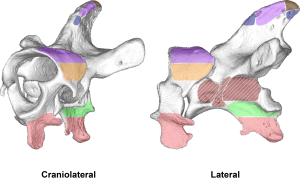
Atlas-axis complex. 3D modles of the first and second cervical vertebra of the Griffon vulture (Gyps fulvus). The areas of origin and insertion of the neck muscles are shown in color. From Böhmer et al. 2020 J Anatomy.
In our study (Böhmer et al. 2020 J Anatomy) we investigated the neck in three sympatric species of vultures representing gulpers, rippers and scrappers via comparative dissections. We found differences in the number of cervical vertebrae, in the morphology of the atlas-axis complex as well as in the neck musculature despite overall similarities in the musculoskeletal system. Gulpers, rippers, and scrappers adopt specific postures while feeding from a carcass, but the cervical vertebral column is indispensable to position the head during all kinds of behavior. The great range of demands may explain the conservation of the overall muscle topography of the neck across the studied taxa.
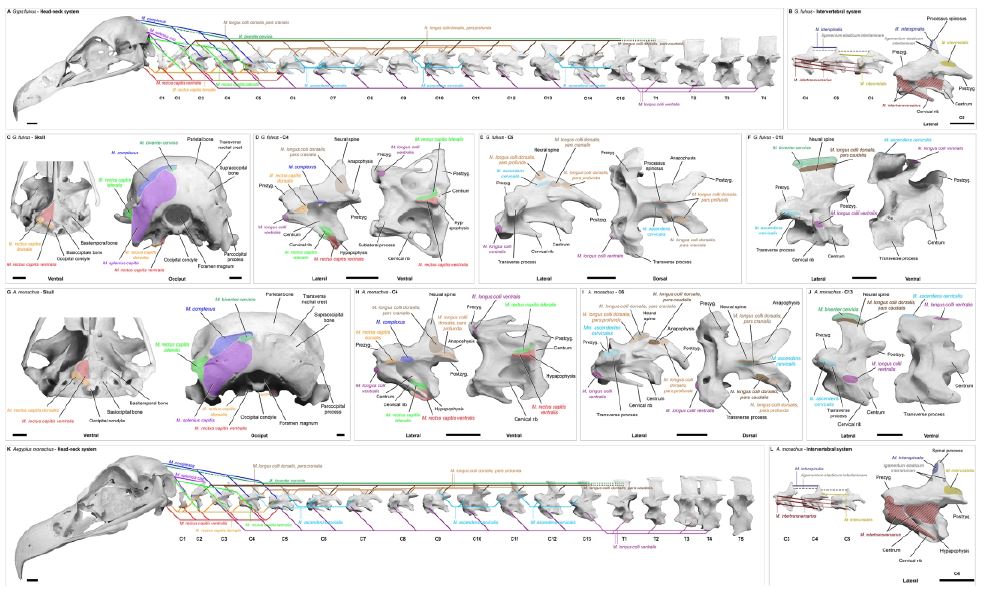
Musculoskeletal system of the head and neck in vultures. The diagrams summarize the musculature of the Griffon vulture (Gyps fulvus, top) and the Cinereous vulture (Aegypius monachus, bottom). From Böhmer et al. 2020 J Anatomy.
This work is part of the interdisciplinary project Avineck (The neck of birds, an arm for robots) in which I work as postdoc. The objective of the ANR-funded project (ANR-16-CE33-0025) is to better understand the relationship between the anatomy of the neck in birds, its mechanical properties, function, and evolution. It is also a contribution to my project on the Evolution of the axial skeleton in vertebrates. in which I aim at to better understand the evolutionary processes that shaped the vertebral column – a key innovation in vertebrate evolution.
Böhmer C, Prevoteau J, Duriez O and Abourachid A (2020) Gulper, ripper and scrapper: anatomy of the neck in three species of vultures. Journal of Anatomy. DOI: 10.1111/joa.13129.
Böhmer C, Plateau O, Cornette R and Abourachid A (2019) Correlated evolution of neck length and leg length in birds. Royal Society Open Science 6: 181588. DOI: 10.1098/rsos.181588.
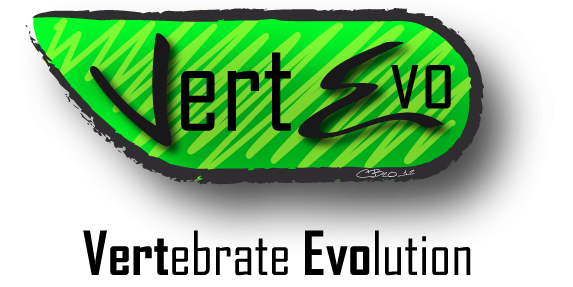
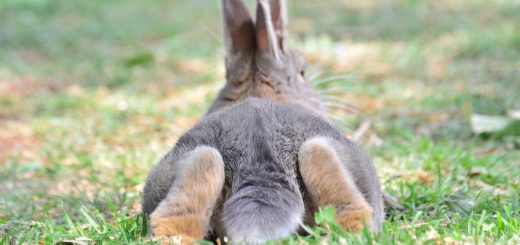
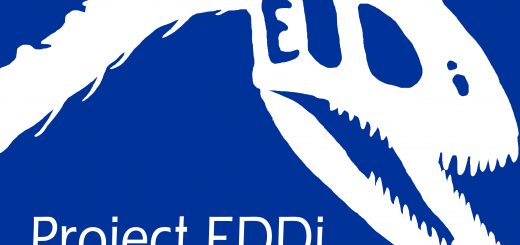
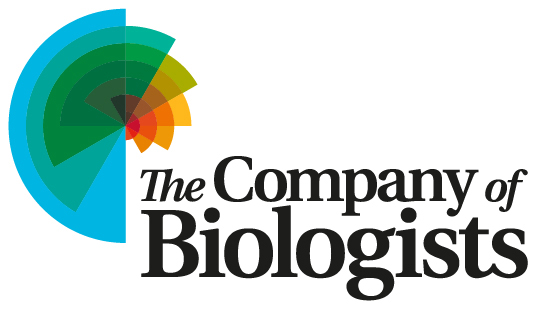
Neueste Kommentare